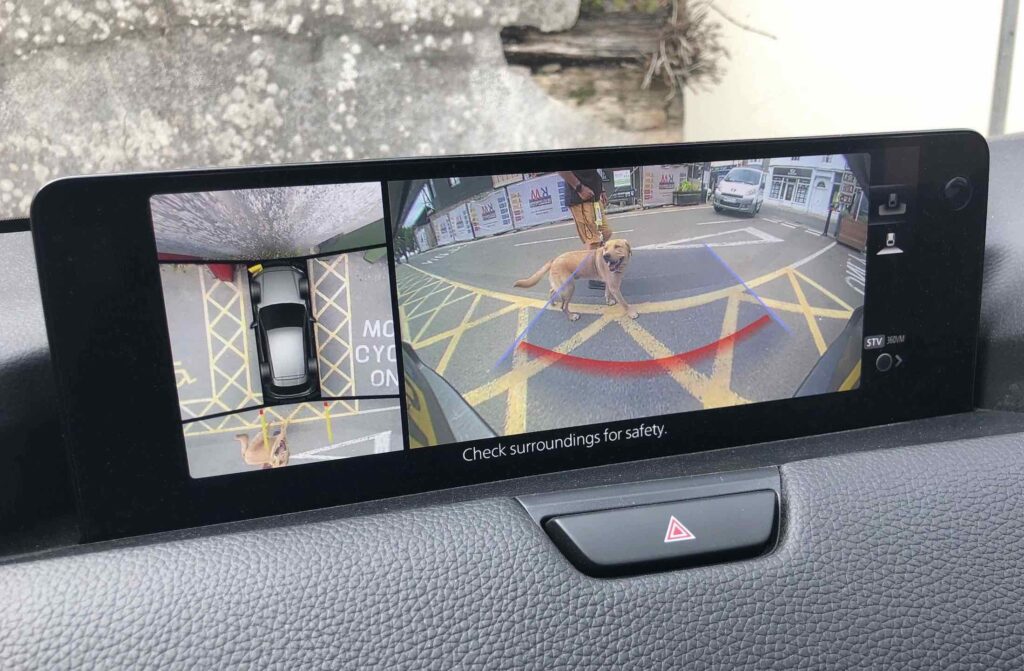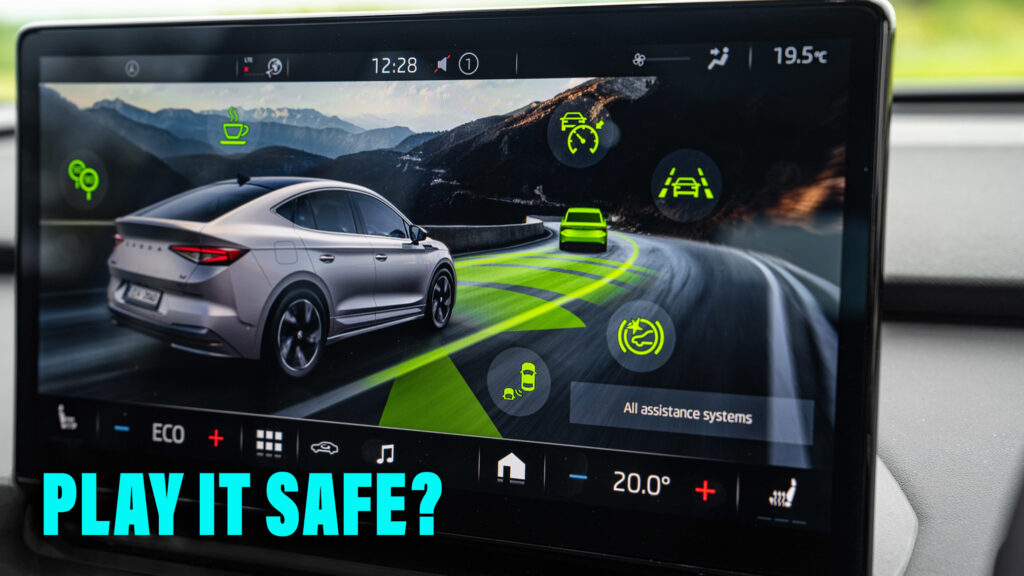We all have our different reasons for buying one new car over another. Once a rough price range and practicality considerations have been applied and helped narrow our choice down, usually to a bunch of vehicles from various brands all trying to do the same job, the hard decisions begin.
Design plays a big part for most of us, as do economy, performance, aftersales backup, the brand’s quality reputation and maybe our previous experiences with the brand. And we want as many luxury gadgets as our dollar, pound or euro will buy. But what about safety equipment?
When I started writing about cars around the turn of the millennium any reference to a news car’s safety features usually consisted of mentioning the number of airbags (presuming it had any), whether anti-lock brakes and traction control were standard and, if they were optional, how much they cost, plus the Euro NCAP star rating, if the crash team had got around to crunching that model. Now, when we have to list the safety features of a new car it takes about the same time as reeling off the list of luxury goodies.
Though one investigation by the IIHS found buyers don’t even know what safety features are on their cars, the prevailing message from automakers and studies from organizations like AAA tell us that buyers have really bought into the concept of safety. But does your experience in buying cars support this view that drivers are obsessed with safety equipment?
Related: We Want Safety Features, Not Self-Driving, Buyers Tell Automakers
Though I don’t always feel it, I’m what most people would consider a grown up. I’ve got a mortgage bleeding me dry every month, a dog, and two kids who I’d prefer not to get mashed up in a car wreck if I can help it. Yet while I’m way past wanting to daily a car with no interior and an engine that won’t idle because the cam’s the shape of a Toblerone bar, if I was shopping for a new car tomorrow I doubt I’d even remember to ask if it came with automatic emergency braking or blind spot detection. I might, though, ask if you could switch some of those safety gadgets off.
Saving lives but spoiling the drive
Lane-keeping assist? It’s the worst thing to happen to steering feel in decades, and makes some cars seem like they’re fitted with a monster old-school LSD on the front axle when you’re simply trying to switch lanes without your blinker on. Adaptive cruise control? Unless I’m in really heavy traffic I’d much rather have regular cruise (happily, my long term Mazda CX-60 lets me switch) because the adaptive kind doesn’t anticipate other drivers’ actions the way a human brain does, so it can only react to what’s happening now, not what I know will happen in two seconds’ time.
Auto parking? Takes longer than I do so I never use it. Automatic emergency front and rear braking? I’ve lost count of the number of cars I’ve driven which have performed random emergency stops because they’ve mistaken a parked car on a curve for a moving one, or which think I’ve not noticed the pedestrian on the sidewalk next to the parking space I’m backing into. Having your car slam on the brakes for no reason is embarrassing, but it’s also potentially dangerous. And then there are all the other little nannying warnings, like the shrill bleeping the CX-60 makes when it thinks I’m not gripping the wheel tightly enough. You might even argue that some of the safety features on our new cars encourages drivers to pay less attention to what’s going on around them because they think the car is doing all of the heavy lifting.

So we should all go back to the 1980s?
Don’t get me wrong, I don’t hate all of this stuff. Surround-view cameras are great, adaptive cruise has been a handy stress-reliever for me in crawling motorway jams and I’m sure auto braking and lane-keeping assist have saved countless lives. I’ve been on Mercedes tech days where I’ve seen first hand how the systems really can help you avoid an accident, and it’s genuinely heart-stopping to watch a child run out in front of a car and that car stop in time, even if the child is just a robot. Traffic sign recognition is useful (though not infallible), and old staples like ESP, anti-lock brakes and air bags are obviously essential.
But the quality of the modern assistance systems seems to vary between automakers and it feels like, while the aim of saving lives is noble and worthwhile, some of the tech is still too primitive not to be annoying while doing its job. I suspect I’ll have to wait a little longer for more sophisticated versions to come along before I’ll be ready to fully embrace them. I certainly wouldn’t let the fact that one car had a drowsiness detector persuade me to buy it over a rival that I preferred the look of.
But maybe that’s just me. I’m still a car geek at heart so maybe I’m not representative of the average driver. What do you think? Do you find modern safety systems useful, would their presence sway your buying decision and would you pay extra to equip your new car with the full complement of gadgets? Leave a comment and let us know your thoughts.




